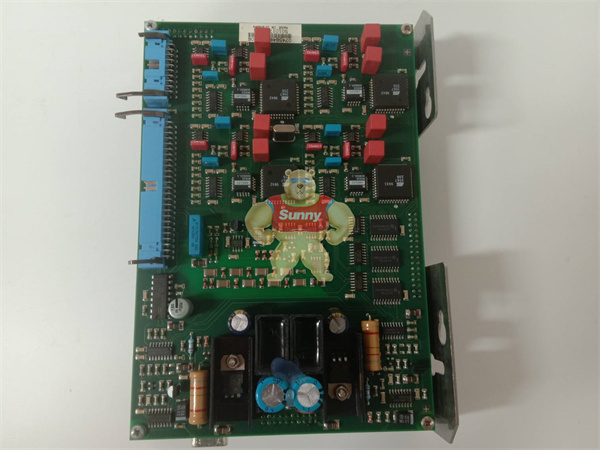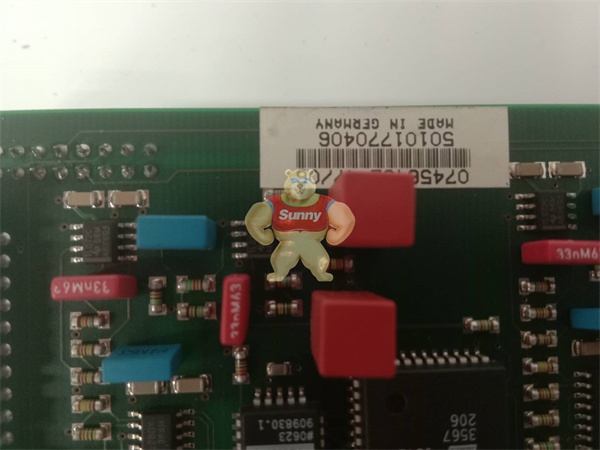Profibus is a field bus for the German national standard DIN19245 and the European standard prEN50170. The ISO/OSI model is also its reference model. Profibus series consists of ProFIbus-DP, ProFIbus-FMS and ProFIbus-PA. The DP model is used for high-speed transmission between distributed peripherals and is suitable for applications in the field of process automation. FMS means field information specification, suitable for textile, building automation, programmable controllers, low voltage switches and other general automation, while PA type is used for process automation bus type, it complies with IEC1158-2 standard. The technology is a dozen German companies and research institutes, mainly Siemens, jointly launched. It uses the physical layer and data link layer of the OSI model, which form a subset of the first part of its standard, DP type hides layers 3 to 7, and adds direct data connection to the user interface, FMS type only hides layers 3 to 6, and uses the application layer as the second part of the standard. The standard of PA type is still in the process of formulation, and its transmission technology complies with IEC1158-2 (1) standard, which can realize bus power supply and intrinsically safe explosion-proof.

0745648E 0745745Q

0745648E 0745745Q
Four, CAN bus
The Controller Local Area Network (CAN) was first developed by Bosch in 1985 to build in-car networks. Before that, car manufacturers used point-to-point wiring systems to connect in-car electronics. But with the increase in in-car electronics, this wiring system requires more and more connections, making the system cumbersome and expensive. As a result, manufacturers began to use in-car networks to replace point-to-point cabling systems to reduce cabling cost, complexity, and system weight. Under this background, CAN, as a highly integrated serial bus system for building intelligent device network, came into being and became the standard of in-car network. As a result, CAN quickly gained popularity in the automotive industry and became an international standard (ISO 11898) in 1993. After 1994, several high-level protocol standards for CAN were developed, such as CANopen and DeviceNet. These new protocols have also been widely accepted in other markets and are now part of the industrial communications standard.
CAN was originally born in the automotive field, so the most common application is the electronic network in the car. However, in the past two decades, more and more industries have recognized the reliability and advantages of CAN, and have applied the CAN bus to many other applications. For example, trams, subways, light rail and long-distance trains all use CAN networks. In each of these vehicles, a variety of CAN-built networks CAN be found, such as connecting door units, brake controllers, passenger flow counting units, etc. Applications for CAN can also be found in aviation, such as flight condition sensors, navigation systems, and computers in the cockpit. In addition, CAN bus can also be seen in aerospace applications, such as flight data analysis and aircraft engine control systems (fuel systems, pumps, linear actuators, etc.).
 1 Year Warranty
1 Year Warranty





